Coastal communities near Subic Bay will soon achieve tsunami preparedness as the Philippine Institute of Volcanology and Seismology (PHIVOLCS)in collaboration with the Advanced Science and Technology Institute (ASTI), agencies under the Department of Science and Technology (DOST), prepare for the installation of tsunami detection sensors at Sueste Point in Subic Bay within the territorial jurisdiction of Subic Bay Metropolitan Authority.
This initiative is part of the PHIVOLCS-ASTI project on tsunami warning and preparedness called “Establishment of a Cost-effective Local Tsunami Early Warning System for Selected High-risk Coastal Communities of the Philippines”,or TeWS, which is under the DOST-Grant-in-Aid (DOST-GIA) Project.
The Subic Bay tsunami detection sensors isTeWS’s next and final target for this phase under DOST-GIA following the placement oftsunami warning sirens inMabacongand Sta. Rita Aplaya, the two pilot barangays for Batangas Citylast February 2013.
The reliable yet low-maintenance tsunami detection equipment is composed of a platform with a poleto which different sensors are attached: the ultrasonic tidesensor which notes the rise and fall of the sea level, dry sensorwhich determines whether water has receded immediately after a large earthquake thus indicating a very highpossibility of tsunami occurrence, and wet sensorsinstalled at heights of 1m, 5m, and 8 or 10m, which detect if tsunamiwater has already hit the pole. The sensors at the tsunamidetection site communicate all signals to alerting sirens using GSM-communication developed by ASTI. Experts from both PHIVOLCS and ASTI designed the sensors and the whole system.
Previously, PHIVOLCS and ASTI had installed tsunami detection sensors in Bolinao, Pangasinan for the Lingayen Gulf with five pilot alerting sirens in Barangays Pugaro, Gueset, Binloc in Dagupan City, in the Poblacion of Lingayen, Pangasinan and in the Poblacion of Bolinao, Pangasinan;in RapuRapu for the Albay Gulf with five sirens installed in Barangays San Roque, Bonot, Puro, and Rawis in Legazpi City and in the Poblacion of RapuRapu; and in Corregidor and Lubang Island for both Batangas Bay and Manila Bay clusters. The RapuRapuPolymetallic Project, a mining company in RapuRapuisland, is planning to donate similar alerting stations for their neighboring barangays in RapuRapu.
Under the TeWS project, each cluster will have one tsunami detection system as well as alertingstations or warning sirens for five pilot communities. In the case of Subic Bay, alerting sirenshad already been put in place and are now operational in the Municipality of Subic, City of Olongapo and SBMA. The five pilot communities for each cluster shall be the model barangays for other neighboring coastal communities to have similar warning system, or alerting sirens at the least, coupled with their respective evacuation plans prepared by them.
“We have a grand plan for the tsunami monitoring system of the Philippines,” declared PHIVOLCS Director Renato U. Solidum Jr. “Under this project, we’re also testing a new type of low-power radio and we’re also putting tsunami tide gauges. This will enable us to have a more robust backup communication system via radio.”
“We will test these in five other areas. We had tested this in Corregidor but we will move it because we already have our own sensor there,” Dir. Solidum added.
Meanwhile, the group continues to train communities within the various TeWS cluster areas on understanding tsunami warning signals, and how to prepare for and implement evacuation, such as the two-day capacity building activity conducted by PHIVOLCS and ASTI for Mabacong and Sta. Rita Aplaya inBatangas City last February.
“In the next few years, we will also put up additional tsunami tide gauges in real time via satellite in various parts of the country,” the PHIVOLCS director said.
A few weeks ago, PHIVOLCS and the Japan International Cooperation Agency launched two comics materials and a video featuring Filipino residents in Japan who experienced the earthquake and tsunami which hit the country in March 2011.The materials will be distributed among schools in the country’s eastern shoreline in a bid to raise awareness onearthquakes and tsunamis and promote disaster preparedness. S&T Media Service, DOST-STII
Written by: Angelica A. de Leon
Thursday, 04 April 2013 05:23

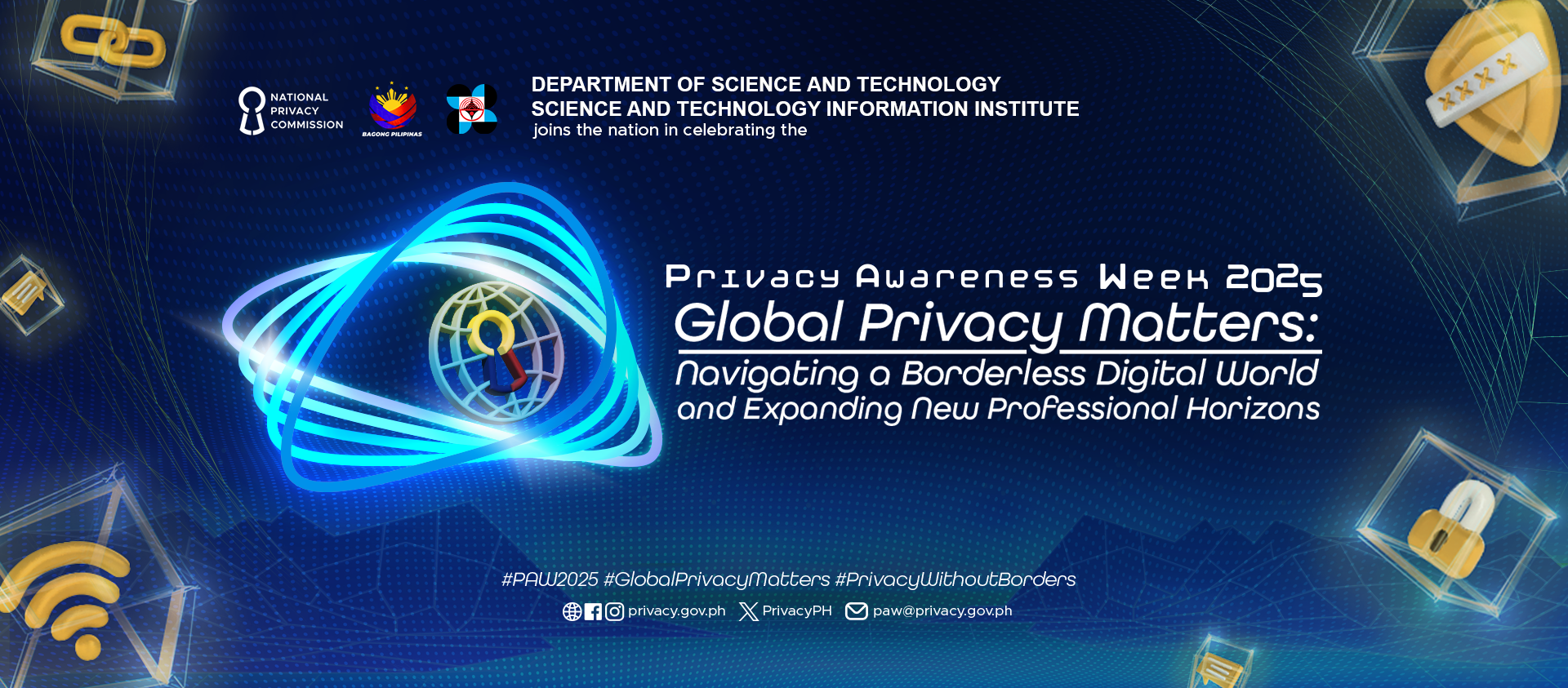
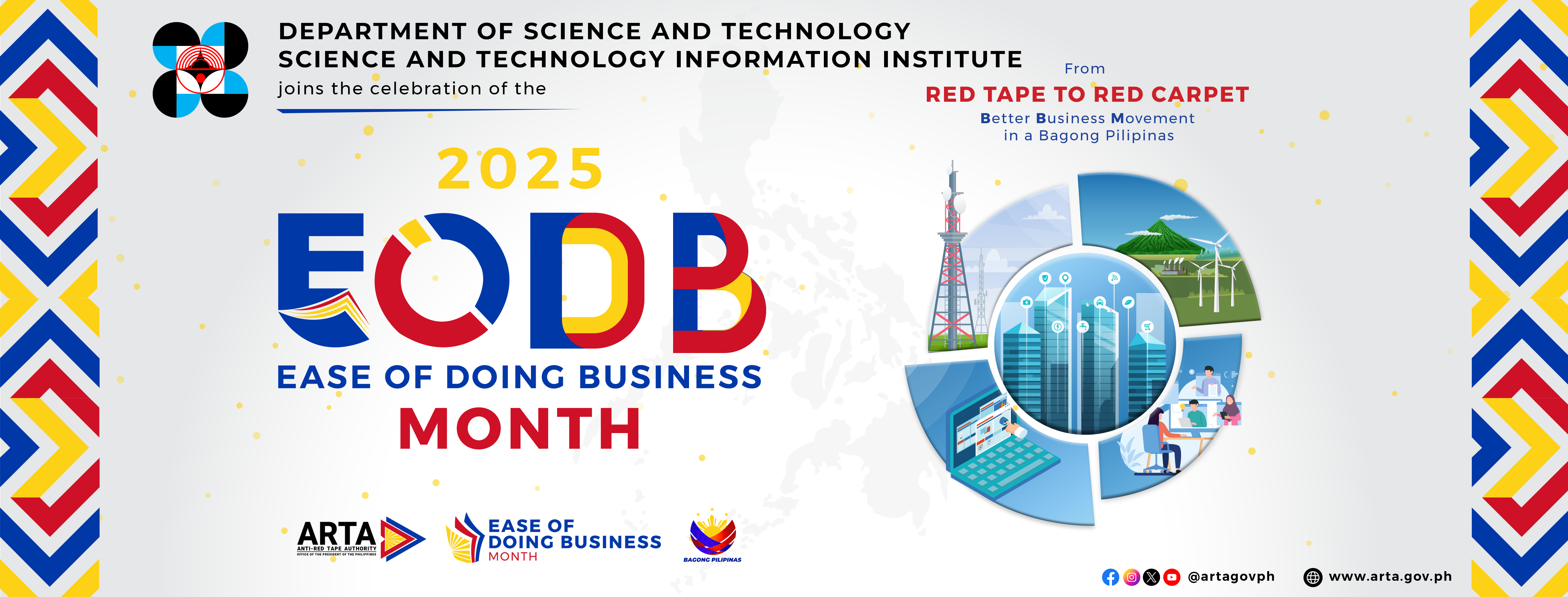
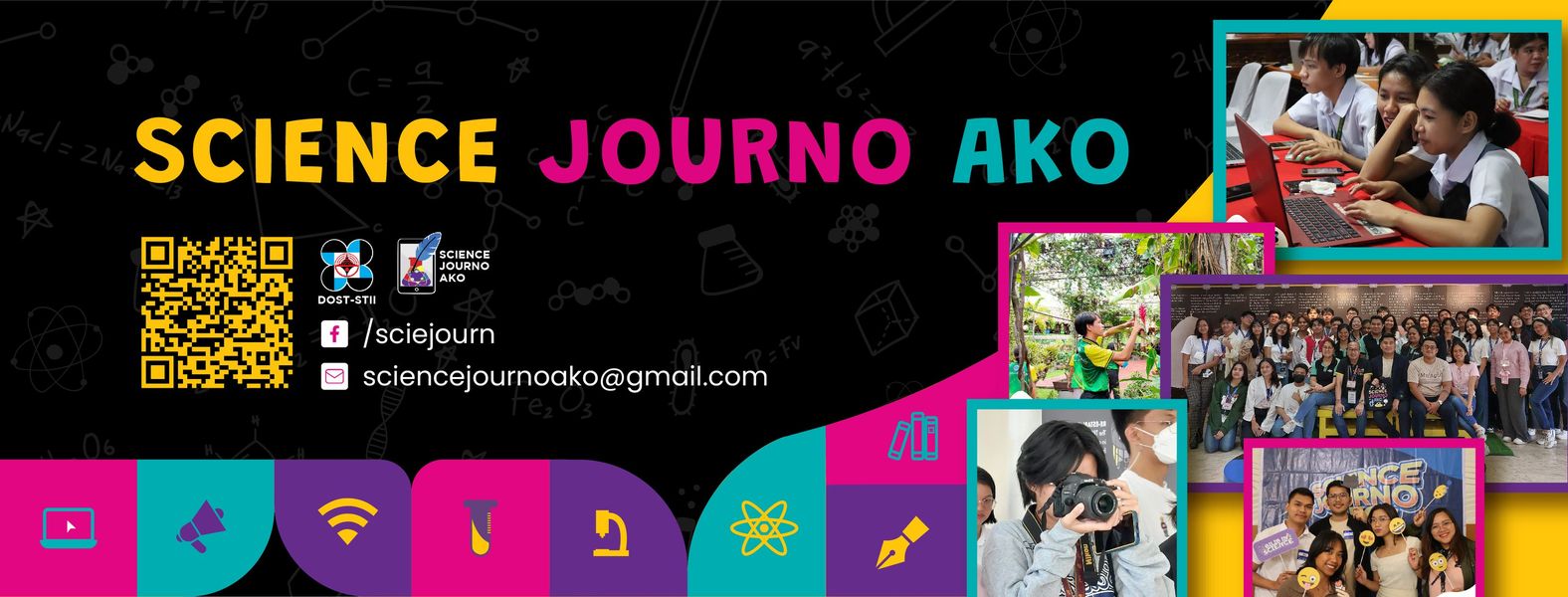



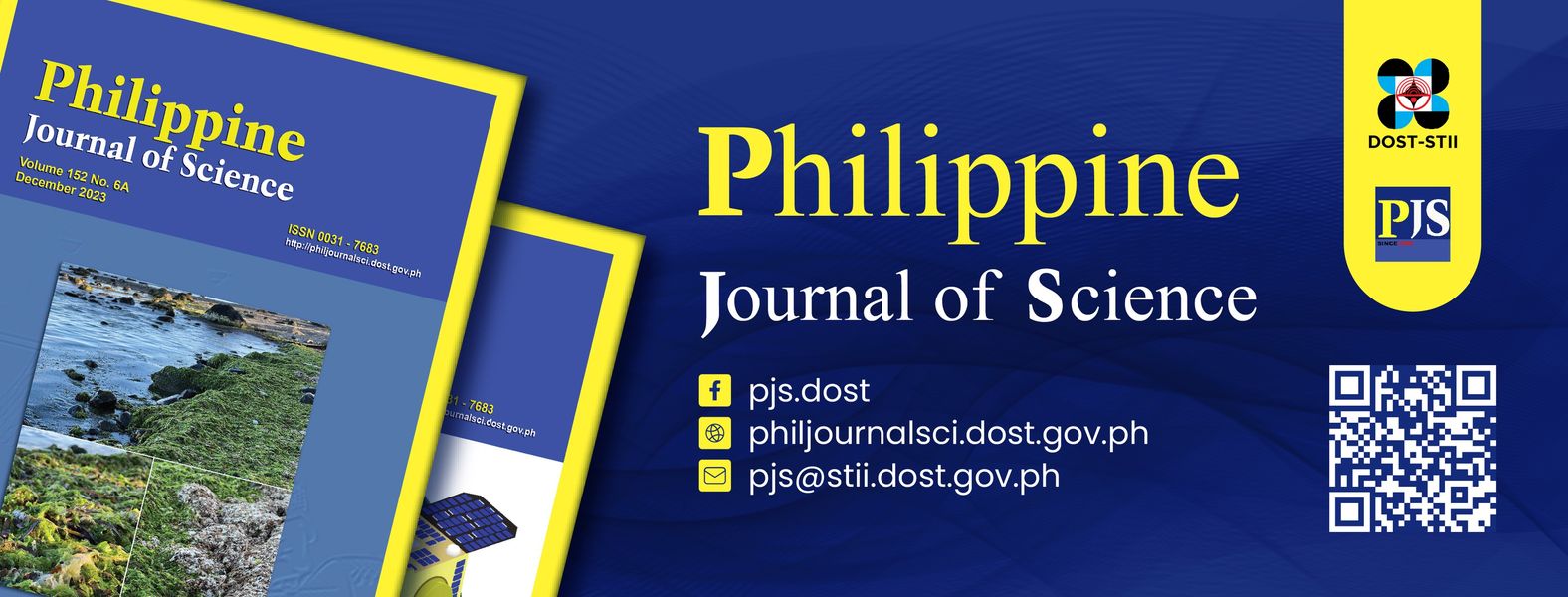




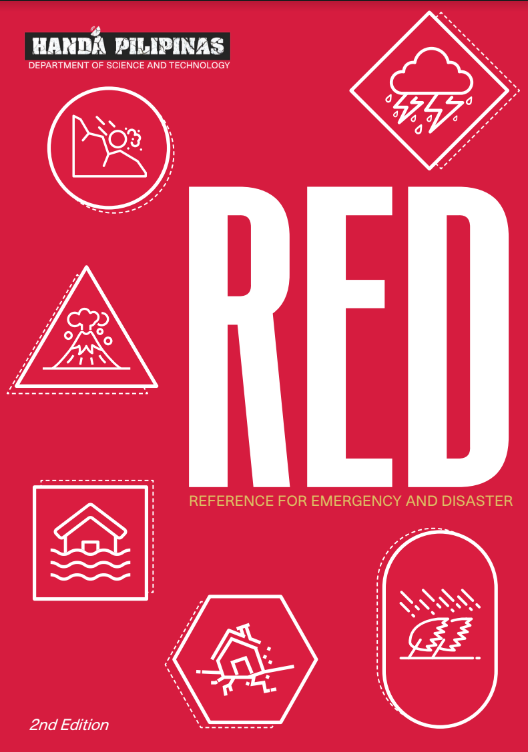





 21 in 2021 Technology Catalogue
21 in 2021 Technology Catalogue 21 in 2021 Technology Catalogue
21 in 2021 Technology Catalogue DOST Innovations - Web and Mobile Applications for Disaster Risk Reduction and Management
DOST Innovations - Web and Mobile Applications for Disaster Risk Reduction and Management